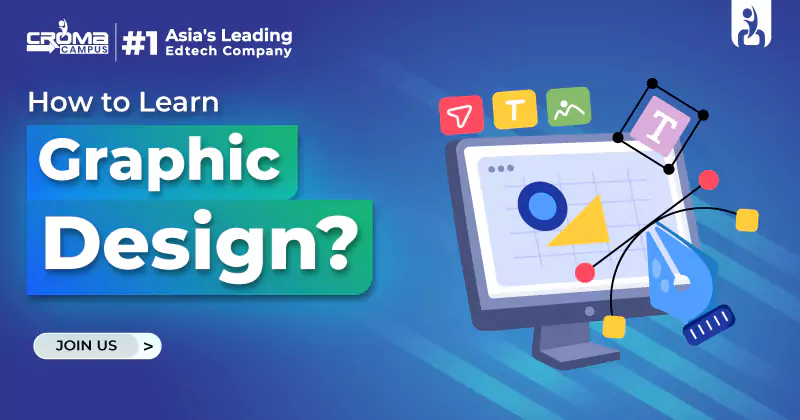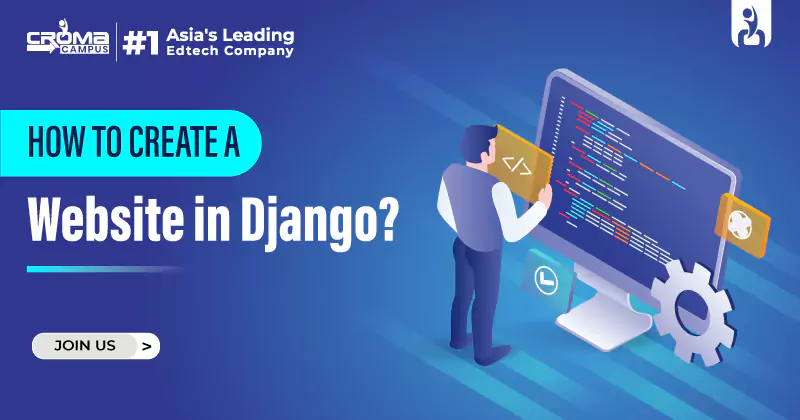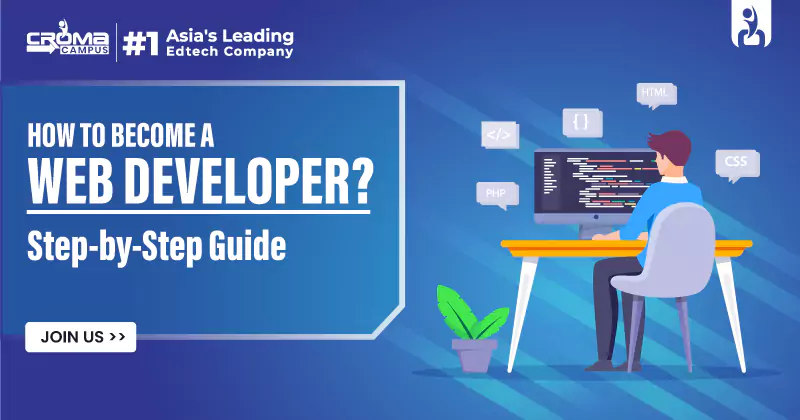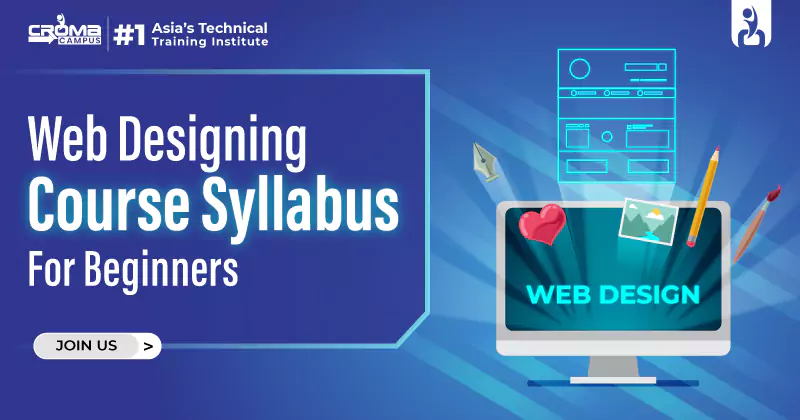Top UI/UX Designer Interview Questions And Answers
4.9 out of 5 based on 9874 votesLast updated on 29th Jan 2024 16.9K Views
- Bookmark

Unlock the secrets to acing your UI/UX designer interview with comprehensive questions and expert answers.

Introduction
As the field of UI/UX design continues to evolve in 2025, the demand for skilled professionals adept at crafting seamless digital experiences is more pronounced than ever. Embarking on a UI/UX designer interview necessitates a comprehensive understanding of design principles, technical proficiency, and an ability to navigate the dynamic intersection of user needs and business objectives. One can join the UI UX Online Course for the best guidance in this field.
This set of top UI UX interview questions and answers serves as a guide for candidates aspiring to showcase their expertise, problem-solving capabilities, and commitment to delivering captivating and user-centric designs in an ever-changing technological landscape. While the UX interview question helps aspiring UX Designers crack interviews, the UI UX Developer interview questions can be more beneficial for those planning a developing career.
UI/UX Designer Interview Questions and Answers For 2025
General UI UX Interview Questions
- What is UI/UX design, and how do they differ?
UI (User Interface) design focuses on the visual aspects and the presentation of a product, while UX (User Experience) design is concerned with the overall user experience and interaction with the product.
- Explain the design process you follow for a project.
I typically follow a process that involves research, wireframing, prototyping, testing, and iteration. Research helps in understanding the user and business needs while wireframing and prototyping allow for quick visualization and testing before finalizing the design.
- What tools do you use for UI/UX design, and why?
I use tools like Sketch, Figma, and Adobe XD for design and prototyping. These tools offer collaboration features, ease of use, and a variety of design elements that streamline the design process.
- Can you explain the importance of responsive design?
Responsive design ensures that a website or application looks and functions well on various devices and screen sizes. It provides a seamless user experience across different platforms, improving accessibility and user satisfaction.
- How do you stay updated with the latest design trends and technologies?
I regularly read design blogs, follow industry leaders on social media, attend design conferences, and participate in online forums. Continuous learning is crucial in a dynamic field like UI/UX design.
User Interface (UI) Design Questions
- What principles do you consider when designing a user interface?
I focus on principles such as clarity, consistency, simplicity, and feedback. A clean and consistent interface, simplicity in design elements, and providing feedback to users contribute to a positive user experience.
- How do you choose colour schemes for a UI design?
I consider the brand guidelines, the target audience, and the emotional impact of colours. Additionally, I ensure good contrast for readability and accessibility.
- What is the importance of typography in UI design?
Typography plays a crucial role in readability and user experience. Choosing appropriate fonts, sizes, and spacing contributes to a visually appealing and easily readable UI.
- Explain the concept of affordance in UI design.
Affordance refers to the perceived actions that users can take with a design element. It should visually suggest its functionality, making it intuitive for users to interact with.
- How do you handle visual hierarchy in UI design?
I use a visual hierarchy to guide users through the interface by prioritizing elements based on importance. This involves using different font sizes, colours, and spacing to create a clear structure.
UX Designer Interview Questions
- What methods do you use to conduct user research?
I use a combination of surveys, interviews, and usability testing to understand user needs, behaviours, and pain points. Analysing user feedback and analytics data also provides valuable insights.
- Explain the difference between usability and accessibility in UX design.
Usability focuses on the overall ease of use, while accessibility ensures that the product is usable by individuals with disabilities. Both are essential for creating an inclusive user experience.
- How do you create user personas, and why are they important?
User personas are created based on demographic and psychographic data, representing the target audience. They help in understanding and empathizing with users, guiding design decisions to meet their specific needs.
- What is the significance of A/B testing in UX design?
A/B testing involves comparing two versions of a design to determine which performs better. It helps in optimizing the user experience by identifying improvements based on user behaviour and preferences.
- Explain the concept of the user journey map.
A user journey map visually represents a user's interactions with a product from start to finish. It helps in identifying touchpoints, pain points, and opportunities for improvement throughout the user's experience.
Portfolio and Experience Questions
- Can you share a project where you faced a significant design challenge and how you overcame it?
Discuss a specific project, the challenge encountered, your approach to solving it, and the impact of your solution on the overall design.
- How do you incorporate user feedback into your designs?
I welcome user feedback through usability testing and surveys, analyse the data, and iterate on the design accordingly. It's crucial to prioritize feedback that aligns with user needs and project goals.
- Describe a situation where you had to balance user needs with business requirements.
Provide an example where you successfully found a middle ground between user needs and business goals, ensuring a positive user experience while meeting business objectives.
- What role does collaboration play in your design process?
Collaboration is essential for a holistic design process. I actively engage with stakeholders, developers, and other team members to gather insights, validate designs, and ensure a cohesive end product.
- How do you handle tight deadlines and multiple projects simultaneously?
Prioritization is key in managing multiple projects. I break down tasks, set realistic timelines, and communicate effectively with stakeholders to ensure project deadlines are met without compromising quality.
Technical UI UX Interview Questions
- What is the difference between vector and raster graphics?
Vector graphics are based on mathematical equations and are scalable without loss of quality. Raster graphics, on the other hand, are made up of pixels and can lose quality when resized.
- Explain the importance of information architecture in UX design.
Information architecture involves organizing and structuring content to enhance usability. It helps users navigate a product logically, finding information quickly and easily.
- How do you optimize images for web design?
Image optimization involves compressing images, choosing appropriate file formats, and utilizing responsive images to ensure fast loading times and a better user experience.
- What is the significance of wireframing in the design process?
Wireframing is a visual guide that represents the basic structure and layout of a page or screen. It helps in planning the user interface and interactions before moving on to detailed design.
- Can you explain the importance of microinteractions in UX design?
Microinteractions are subtle, single-task interactions that enhance the user experience. They provide feedback, guide users, and contribute to a more engaging and enjoyable interface.
Behavioural Questions
- How do you handle constructive criticism of your designs?
I value constructive criticism as an opportunity for improvement. I listen attentively, consider the feedback objectively, and use it to enhance my designs.
- Describe a situation where you had to convince stakeholders of a particular design decision.
Illustrate a scenario where you effectively communicated the rationale behind a design choice, aligning it with user needs and project goals to gain a stake.
Conclusion
In conclusion, preparing for the UI UX Designer interview questions in 2025 requires a blend of technical expertise, design principles, and effective communication skills. The evolving landscape of user experience demands continuous learning and adaptability. T the intricacies of UI and UX design, demonstrating a strong portfolio, and showcasing the ability to balance user needs with business requirements, candidates can navigate the interview process with confidence. The UI UX Course in Delhi helps aspiring professionals prepare and crack interviews for UI/UX Designer roles. Remember, it's not just about answering questions; it's about conveying a passion for creating exceptional digital experiences and a commitment to enhancing the synergy between design and user satisfaction.
Subscribe For Free Demo
Free Demo for Corporate & Online Trainings.

























.webp)

.png)















